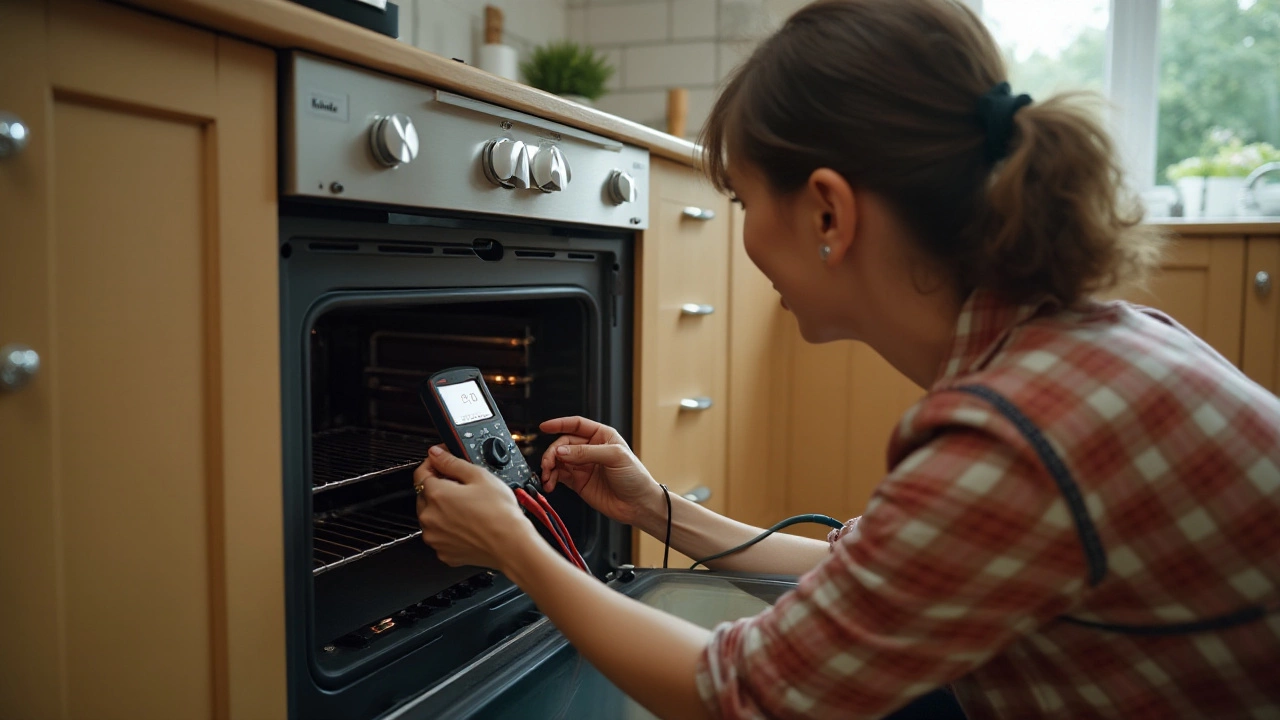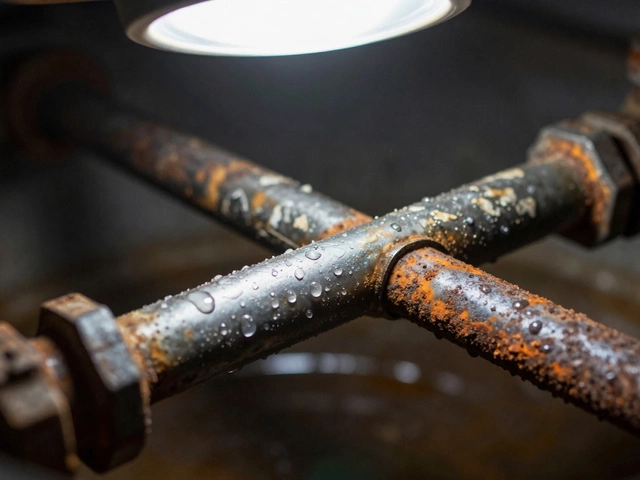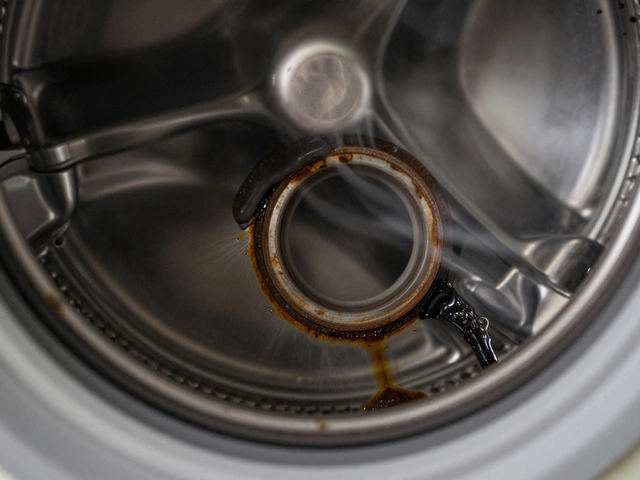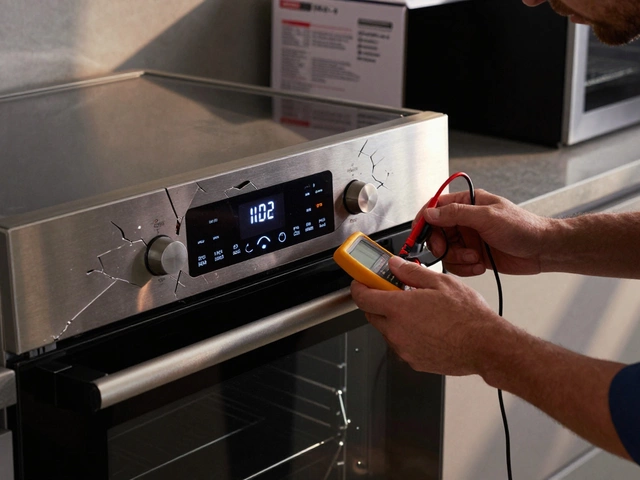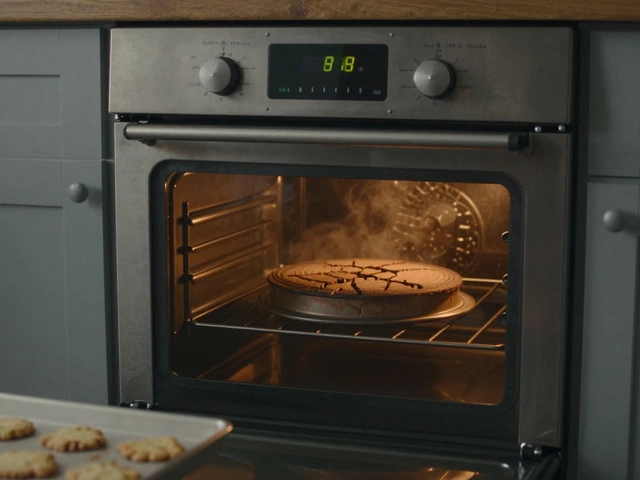Troubleshooting Ovens: Simple Steps to Fix Common Problems
When your oven stops heating, shows weird codes, or makes strange noises, it feels like a nightmare. The good news is most issues are easy to spot and fix without calling a pro right away. Below you’ll find the quickest ways to figure out what’s wrong and what you can do yourself before you book a repair.
Identify the Symptom
First, write down exactly what’s happening. Is the oven not getting hot at all? Does it heat but stay too cool? Are there flashing lights or an error code on the display? Knowing the exact symptom tells you where to look. For example, a temperature that’s too low usually means a faulty heating element or a broken thermostat. A oven that won’t turn on at all could be a power issue, a blown fuse, or a faulty control board.
Next, check the basics. Make sure the oven is plugged in and the circuit breaker hasn’t tripped. Look at the door seal – a torn seal can let heat escape and cause uneven cooking. If the oven has a self‑cleaning cycle, see if the lock is engaged; a locked door will stop the oven from heating.
When an error code appears, grab the manual or search the code online. Most manufacturers list what each code means – often it points to a sensor or a communication problem. Write the code down, then move on to the next step.
Practical Fixes You Can Do
**Reset the oven** – many models have a reset button or a simple power‑cycle trick. Turn off the oven, unplug it (or switch off the breaker), wait a minute, then plug it back in. This can clear minor glitches and restore normal operation.
**Test the heating element** – if the oven isn’t getting hot, the element might be broken. With the oven off and unplugged, locate the element (usually a metal coil at the bottom). Look for visible cracks or a burnt spot. Use a multimeter set to ohms; a good element will show a low resistance reading (around 10‑30 Ω). If it reads infinite, replace it.
**Check the thermostat or temperature sensor** – these parts tell the oven how hot it should get. A faulty sensor often causes the oven to stay too cool. Again, use a multimeter: a working sensor typically reads around 1 kΩ at room temperature. If it’s far off, swap it out.
**Inspect the door latch** – a door that won’t fully close stops the heating cycle. Make sure the latch clicks into place. If the latch is broken, a quick replacement part can solve the problem.
**Clean the oven interior** – grease buildup can affect heating and cause smoke alarms. A gentle wipe with warm soapy water after the oven cools down helps keep things running smoothly.
If you’ve tried these steps and the oven still won’t work, it’s probably a control board or a more complex electrical issue. At that point, calling a local repair service like Hinckley Home Appliance Repair Services is the safest move. Their technicians can diagnose the fault quickly and decide if a repair makes sense compared to buying a new oven.
Remember, safety comes first. Always disconnect power before pulling out any parts, and never attempt repairs if you’re unsure about handling electricity. With a bit of patience, many oven issues can be solved at home, saving you time and money.
30 July 2024
·
0 Comments
Electric ovens are an essential part of modern kitchens, but they come with their own set of common problems that can arise over time. These issues may range from temperature inconsistencies to faulty heating elements. Understanding these faults and knowing how to address them can save time and expenses. This article offers practical insights and tips on how to troubleshoot and maintain your electric oven effectively.
Read more

